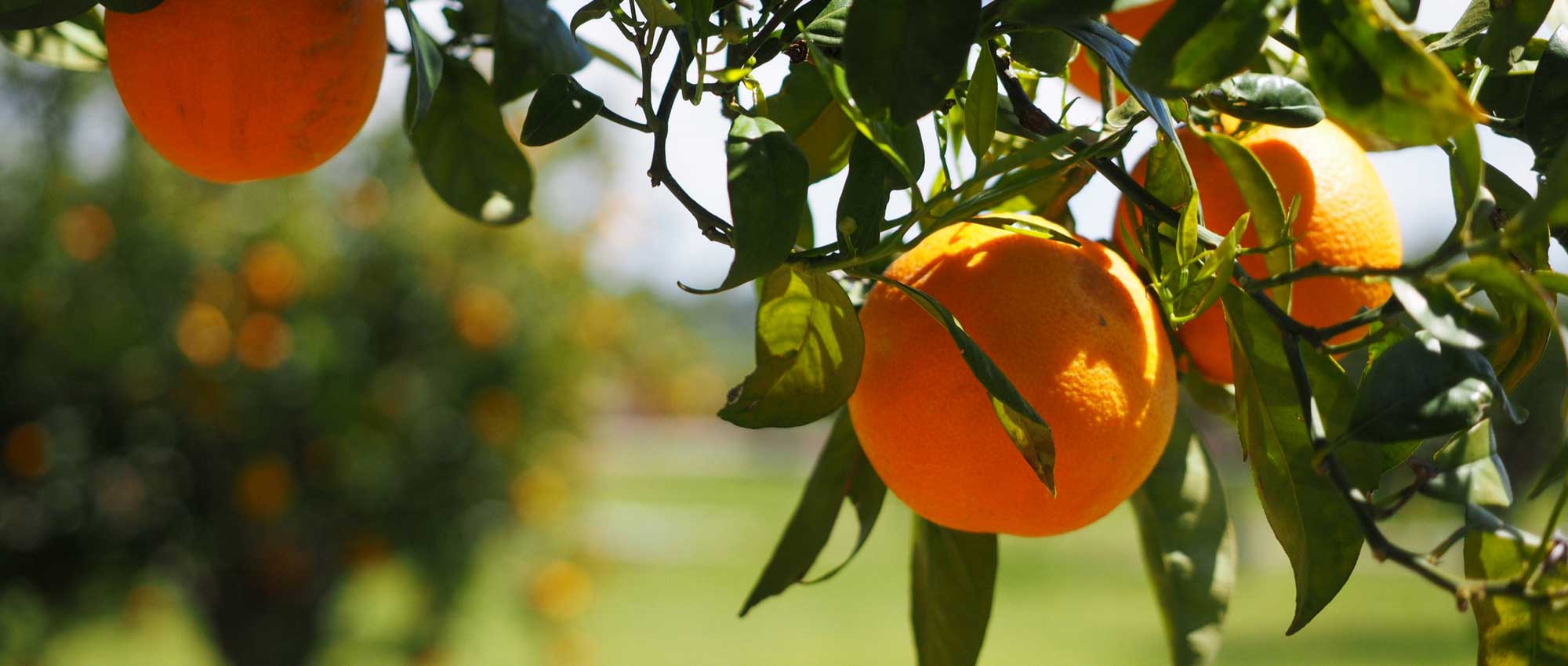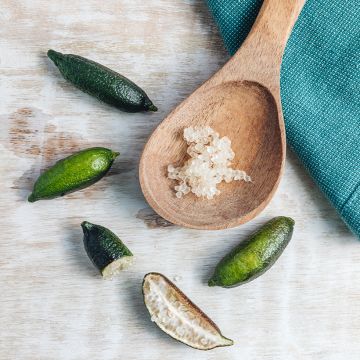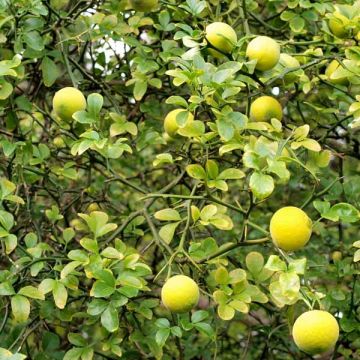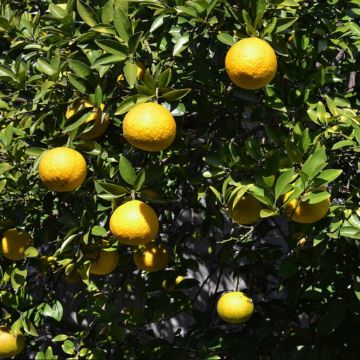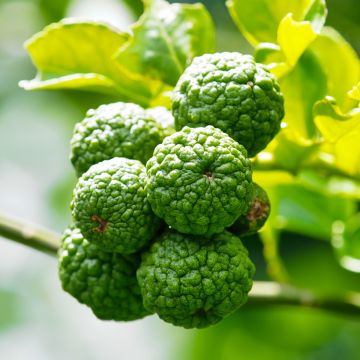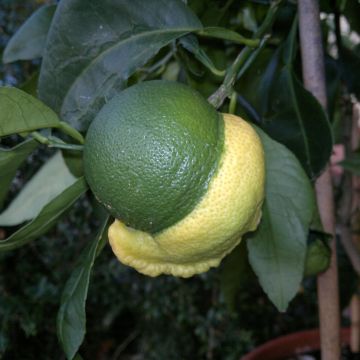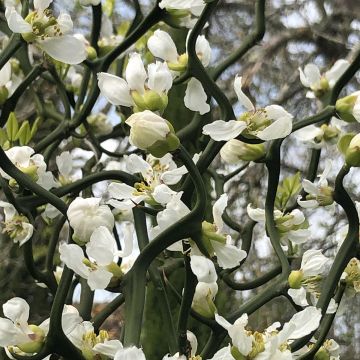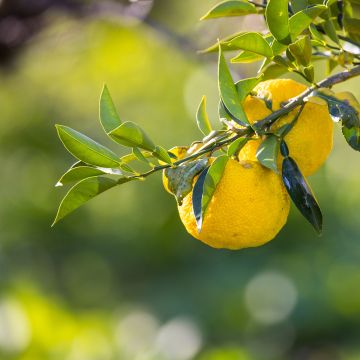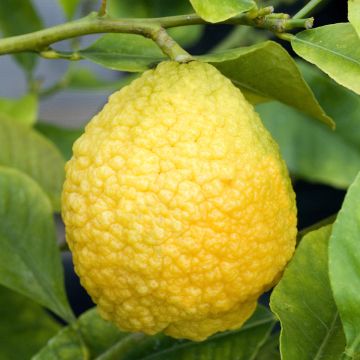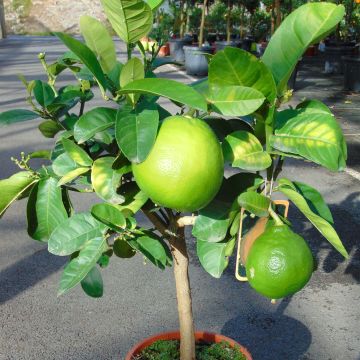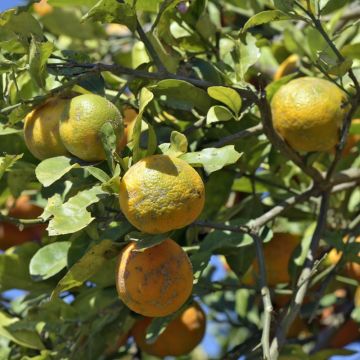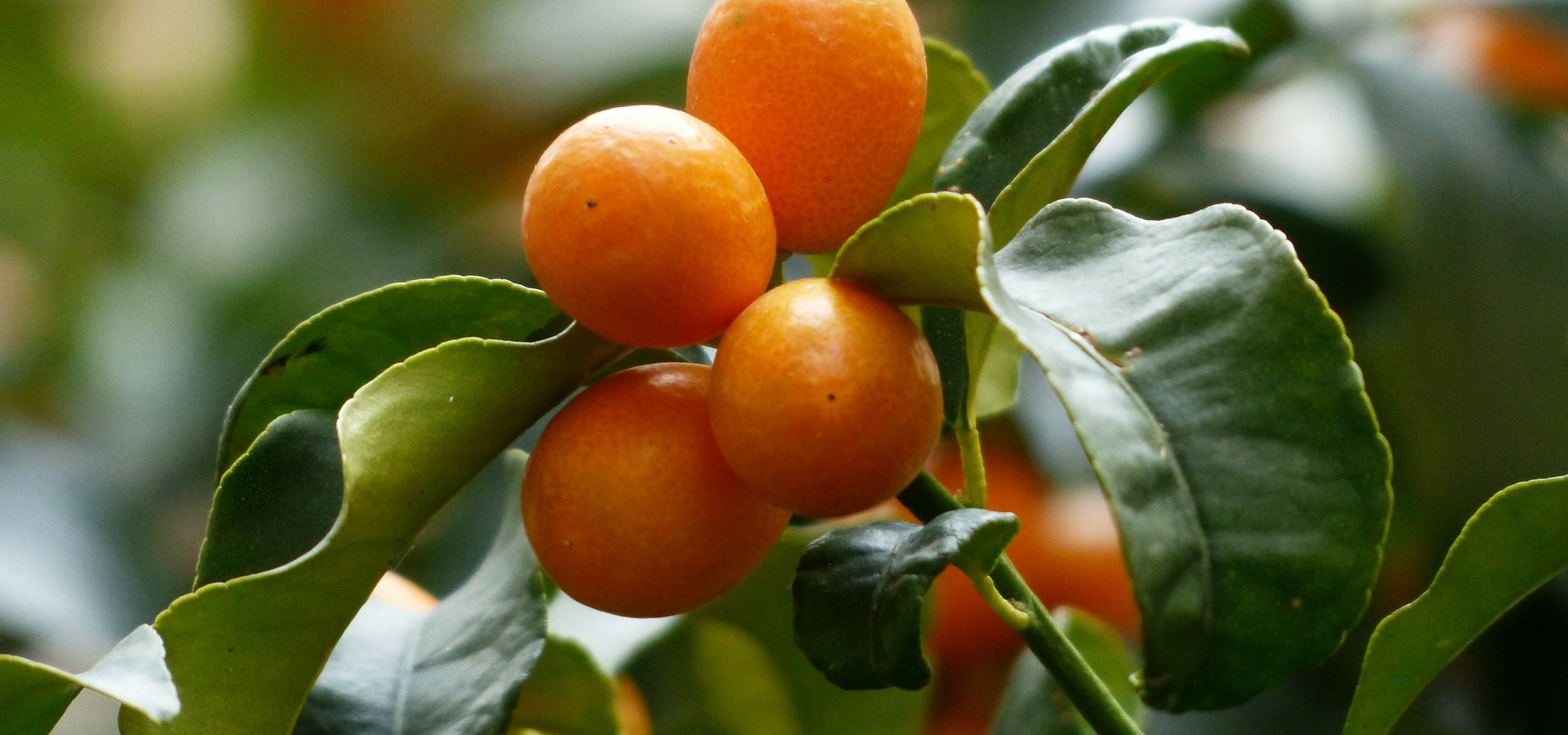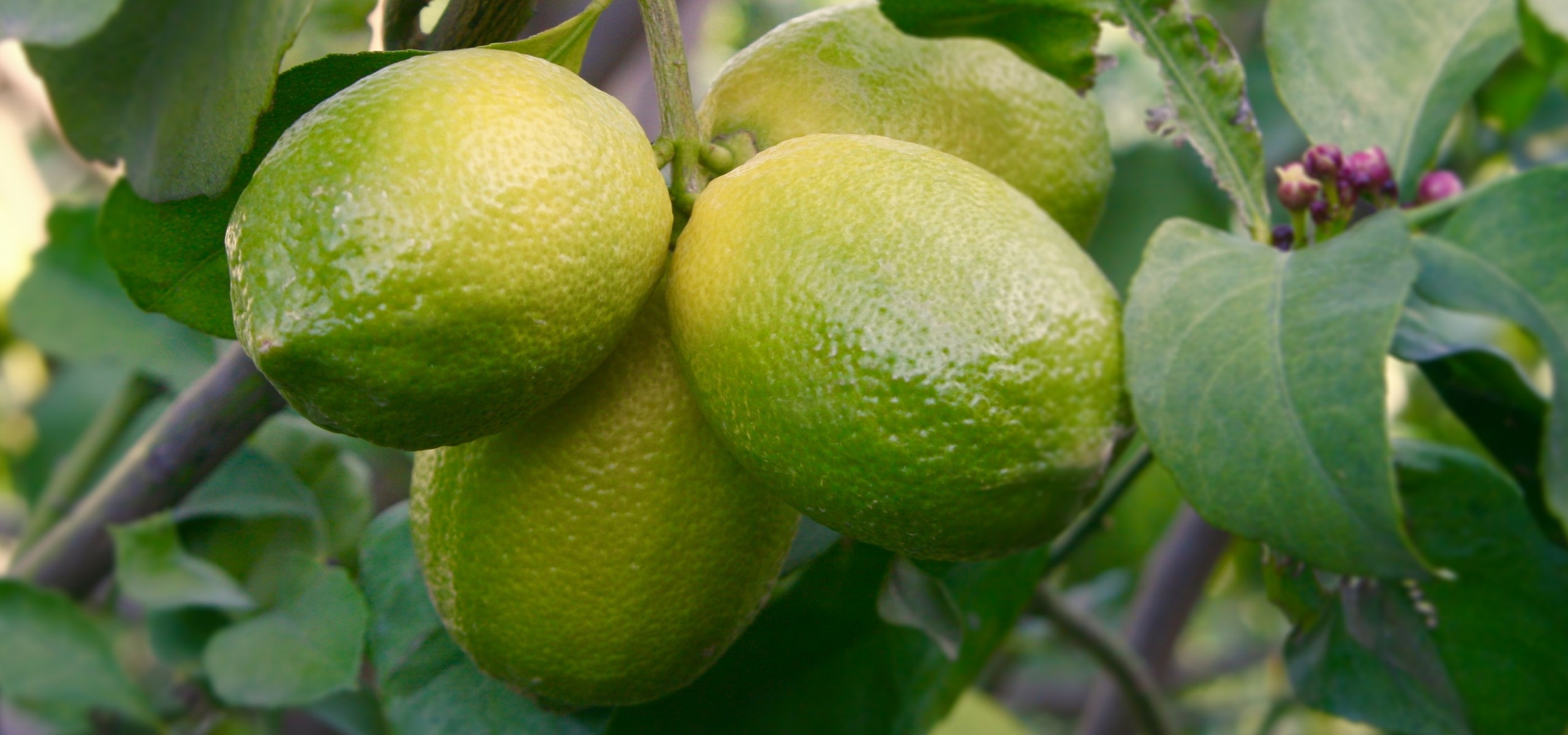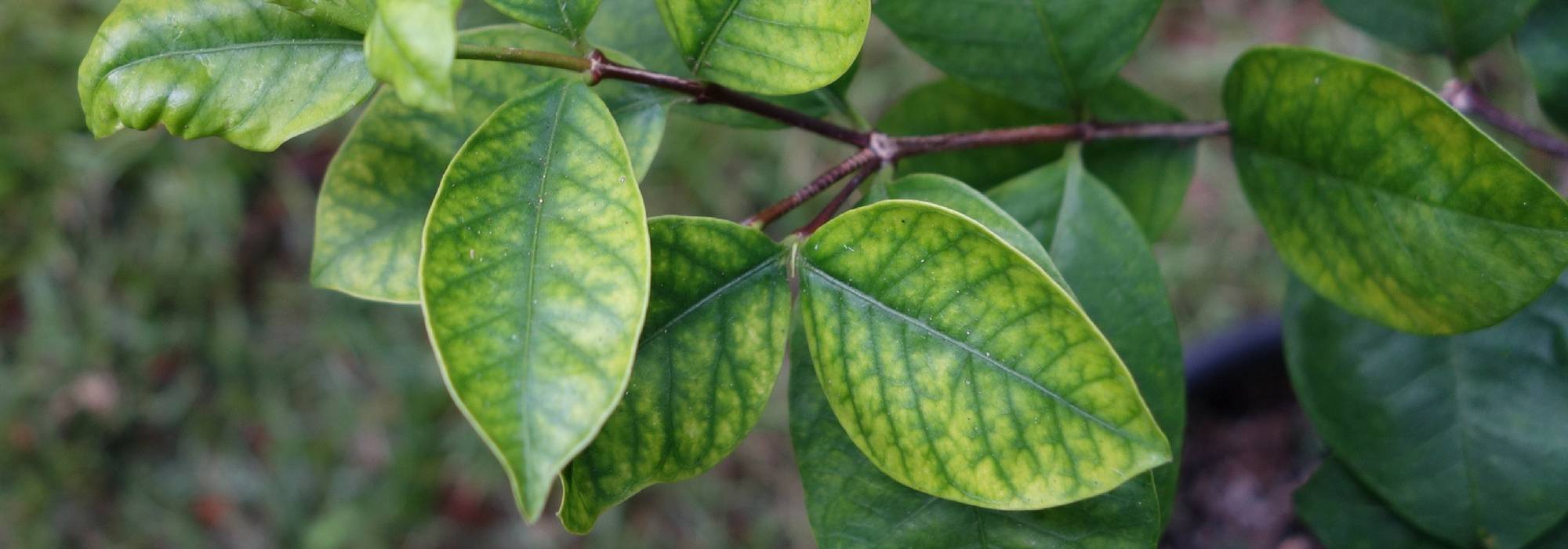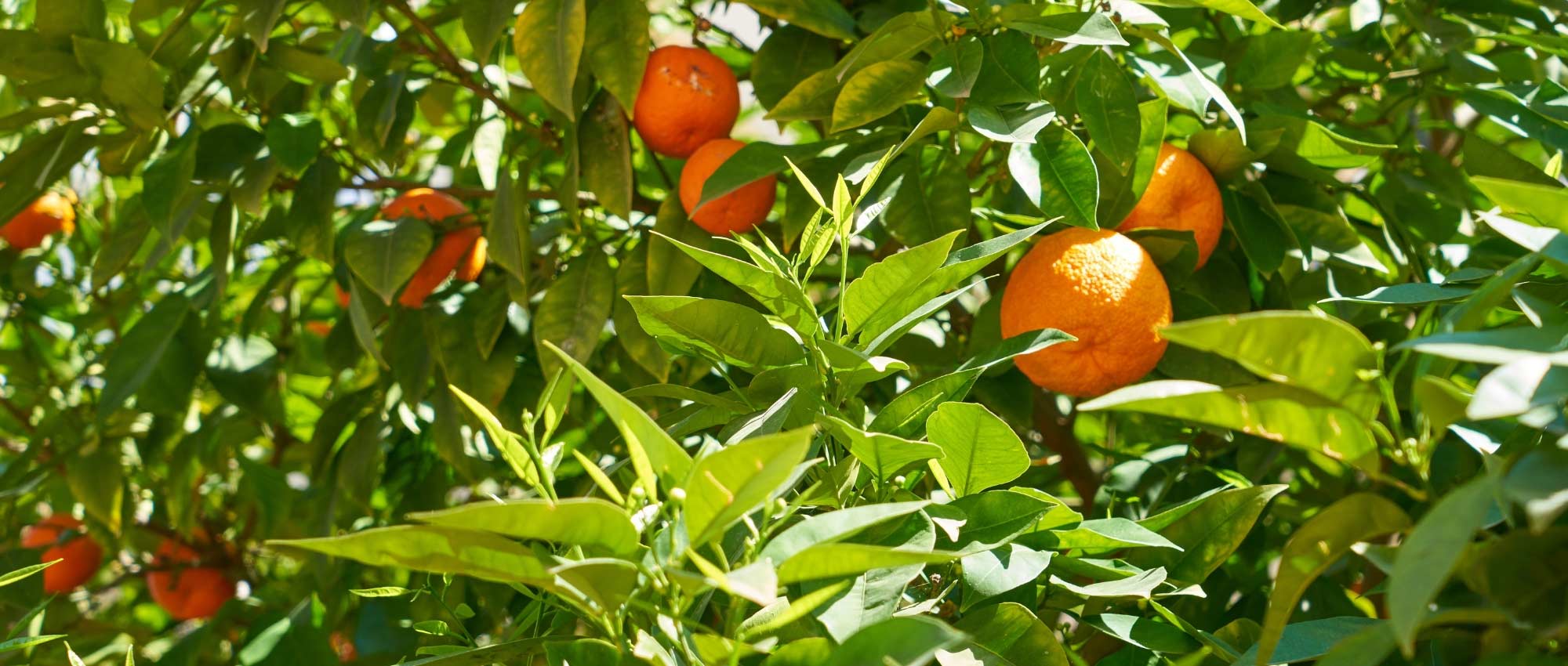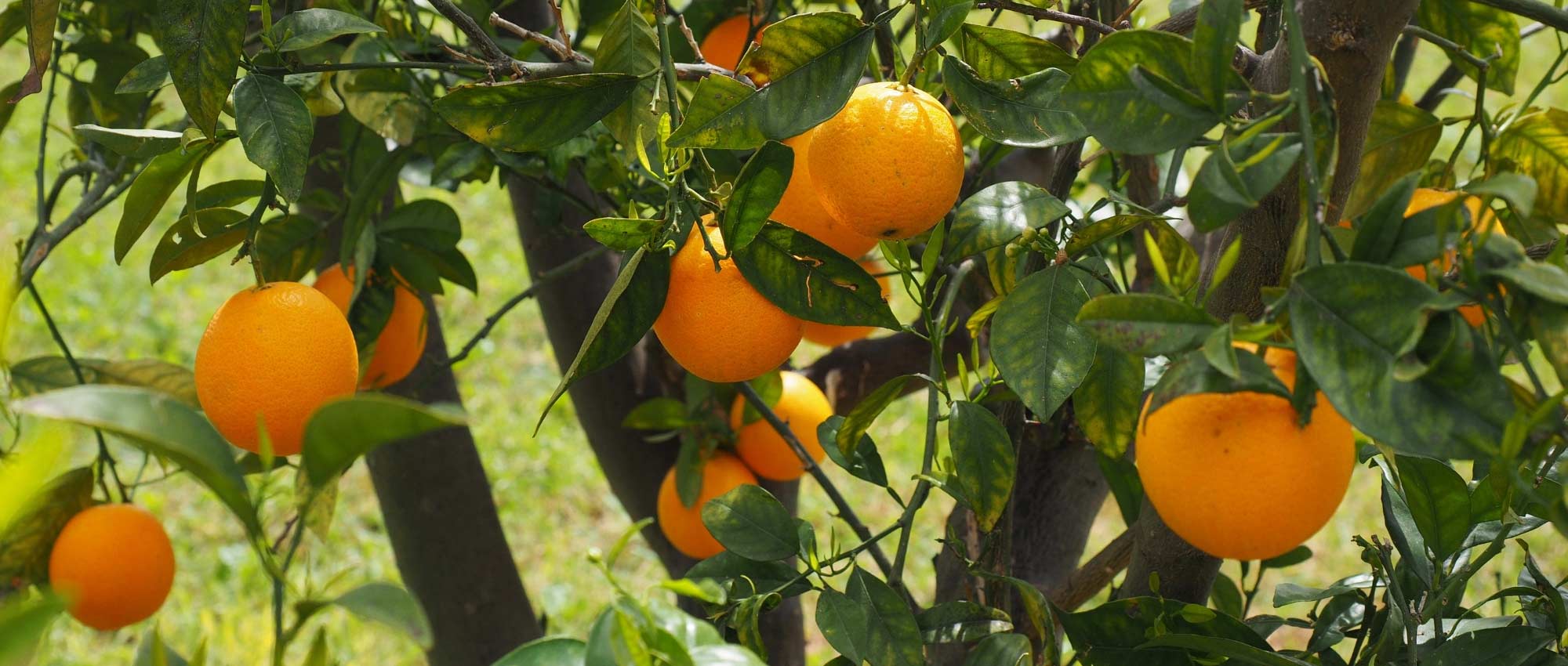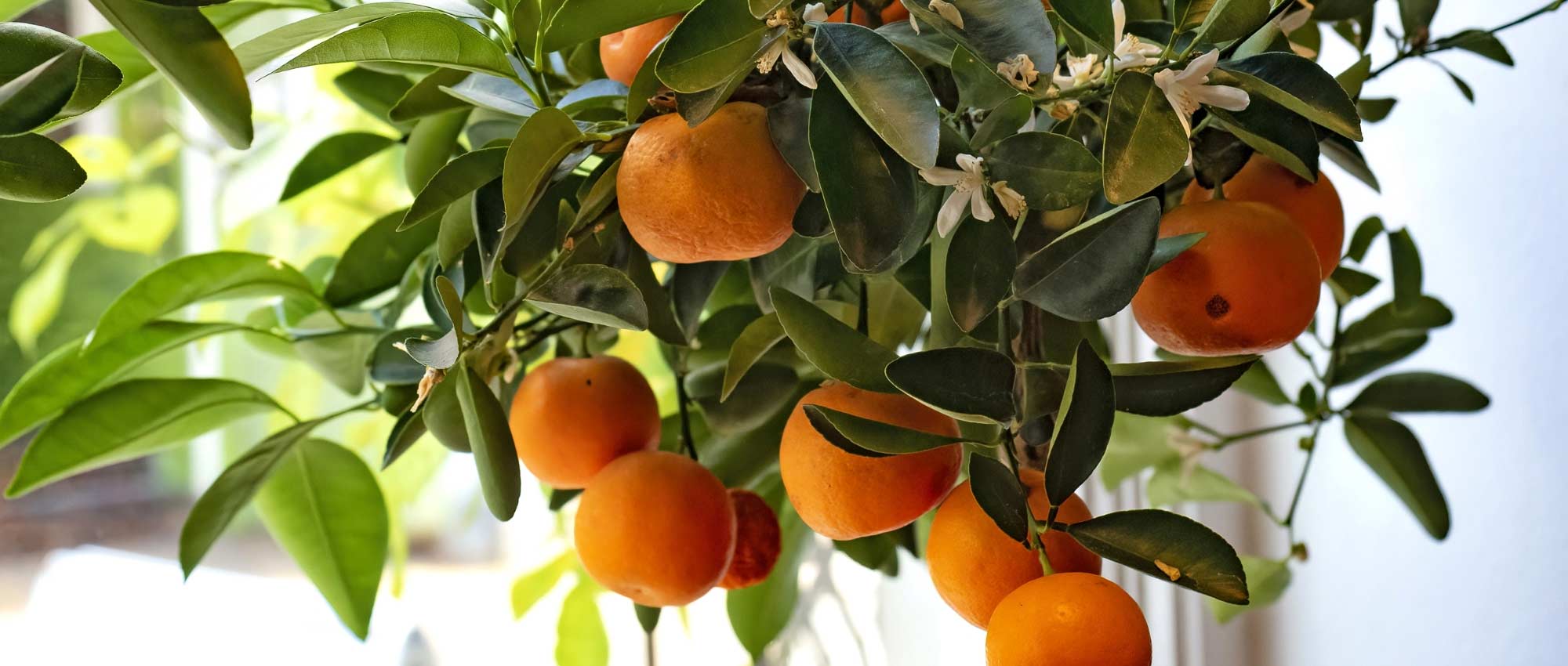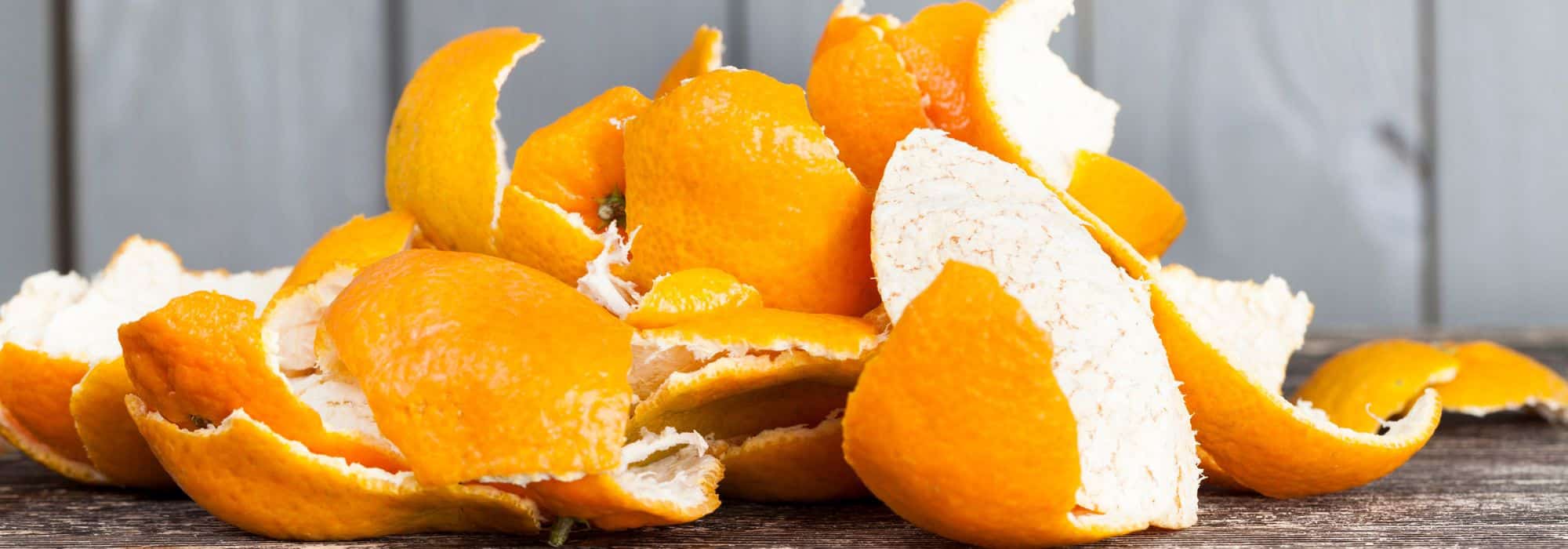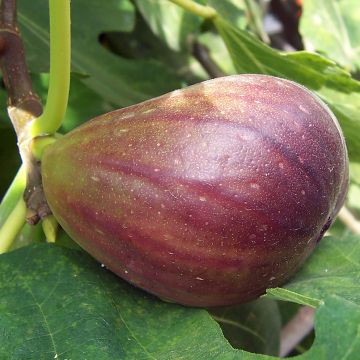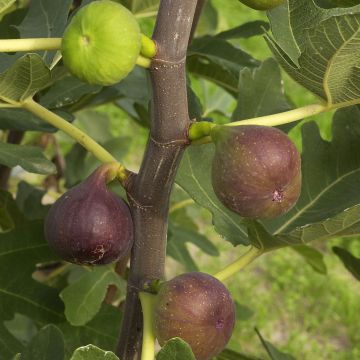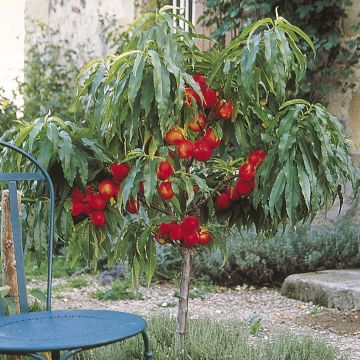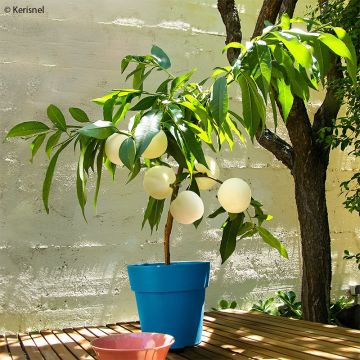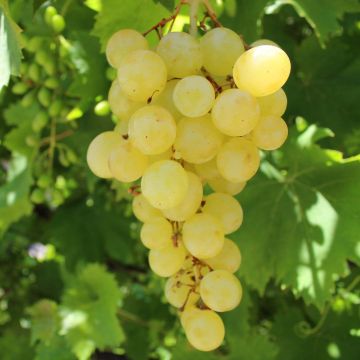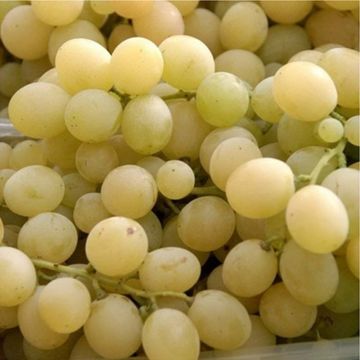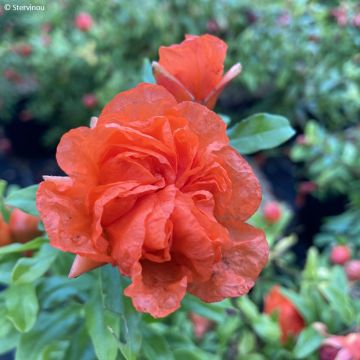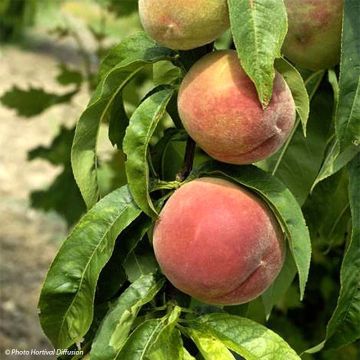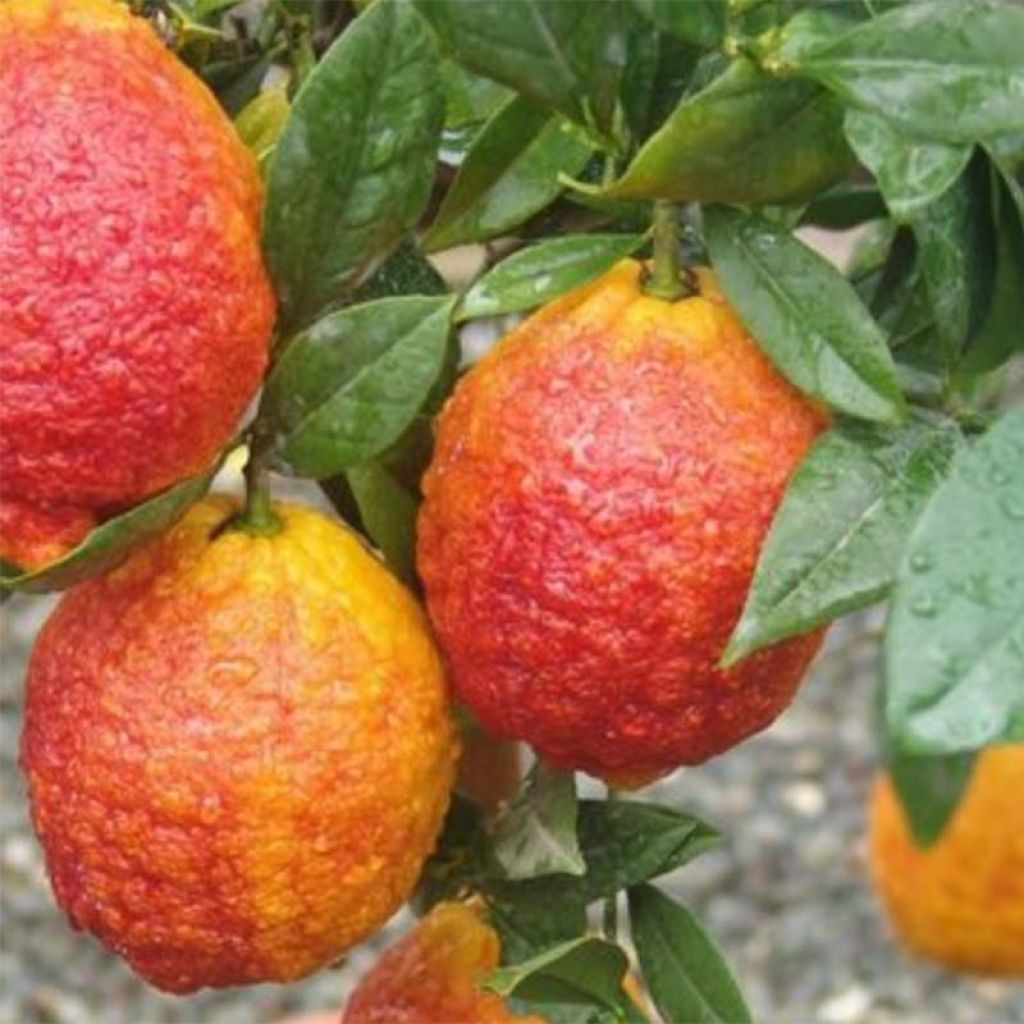

Citrus medica Pigmentata - Cédrat hybride
Citrus Pigmentata - Red Lemon
Citrus medica x limon Pigmentata
Red Lemon
Special offer!
Receive a €20 voucher for any order over €90 (excluding delivery costs, credit notes, and plastic-free options)!
1- Add your favorite plants to your cart.
2- Once you have reached €90, confirm your order (you can even choose the delivery date!).
3- As soon as your order is shipped, you will receive an email containing your voucher code, valid for 3 months (90 days).
Your voucher is unique and can only be used once, for any order with a minimum value of €20, excluding delivery costs.
Can be combined with other current offers, non-divisible and non-refundable.
Home or relay delivery (depending on size and destination)
Schedule delivery date,
and select date in basket
This plant carries a 6 months recovery warranty
More information
We guarantee the quality of our plants for a full growing cycle, and will replace at our expense any plant that fails to recover under normal climatic and planting conditions.
Description
The Red Lemon or Citrus medica Pigmentata is a variety of red citrons that are quite old, but sought after by collectors because they are still not widely available. It is a beautiful citrus tree probably resulting from the hybridisation of a lemon tree and a citron tree. Medium sized, it forms a small thorny ornamental tree. Its large white flowers are intensely fragrant and its superb fruits are like large lemons, with a thick and lumpy skin that changes from soft yellow to blood red. Their yellow, acidic and aromatic pulp resembles that of the classic lemon. Hardy up to about -3°C (26.6 °F), the Pigmentata citron can only be grown in the ground in zones 9-11. It also performs very well in pots, to be stored indoors during winter.
The Citrus x limonimedica Pigmentata is a small tree of the Rutaceae family, like all citrus trees. Its habit is spreading, wider than it is tall. It can reach 3m (9 ft 10 in) in height when grown in the ground, but will remain smaller in pots. The branches bear long 4cm (1.6 in) thorns and evergreen leaves in winter, similar to those of the lemon tree. They are entire, ovate to lanceolate, measuring 5 to 8cm (2 to 3.1 in) in length and 3 to 4cm (1.2 to 1.6 in) in width, of a fairly dark green, fragrant when crushed. Flowering mainly takes place in spring, in May-June, but can also occur during the summer. Gathered in small clusters, the floral buds, white-pink, open into large star-shaped white flowers. This flowering is followed by the formation of oval fruits with a small rounded apex. They measure about 8-10cm (3.1-3.9 in) in diameter. Their thick green skin gradually turns yellow, then gradually tints red, becoming dark red when ripe. They are very rich in remarkably fragrant essential oils. The pulp, yellow, is fragrant, acidic and moderately juicy, rich in citric acid, minerals and vitamins C, A and B but low in sugars. It leaves a fleeting orange aroma in the mouth.
Cultivated for its ornamental qualities as well as the aroma of its often candied peel, the Citron tree is somewhat overshadowed in our culinary traditions among citrus fruits. The red citron, which is richer in pulp, can be used to make juice or marmalade, but also in a more classic way to flavour desserts with grated zest. It is also a medicinal plant with therapeutic properties similar to those of the lemon. The zest of the Pigmentata citron, which is very rich in essential oil, is used in aromatherapy and perfumery. Easy to store, this citrus fruit was once loaded onto sailing ships, providing a good source of vitamins to combat scurvy. Lemonwood is used in cabinetmaking.
Like all Citrus trees, the red citron contains pockets of essential oil in its leaves, flowers, and fruits, often visible to the naked eye, from which essential oil is extracted through distillation (flowers and leaves) or pressing (zest). This essential oil is highly valued in perfumery and is described as a wonderful blend of hesperidium and flower scents.
Flowering and pollination: the Citrus medica Pigmentata is a self-fertile bush, which means that a single individual is sufficient for complete pollination and fruiting. However, if your citrus tree remains indoors permanently, you will need to occasionally let the pollinators do their work or, if you are delicate enough, perform hand pollination with a brush.
Citrus Pigmentata - Red Lemon in pictures
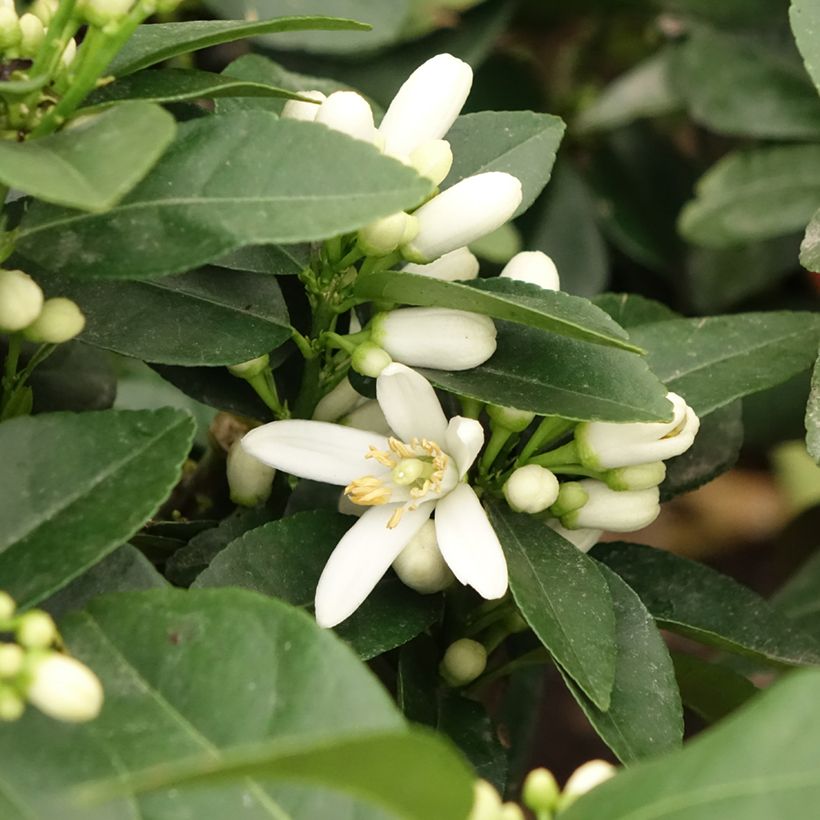

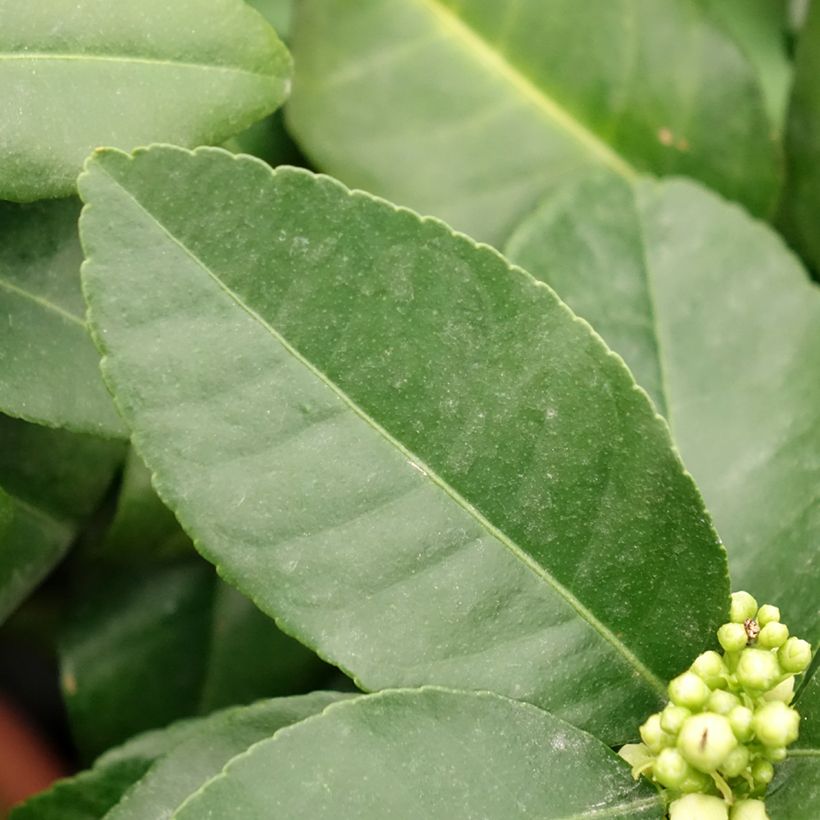

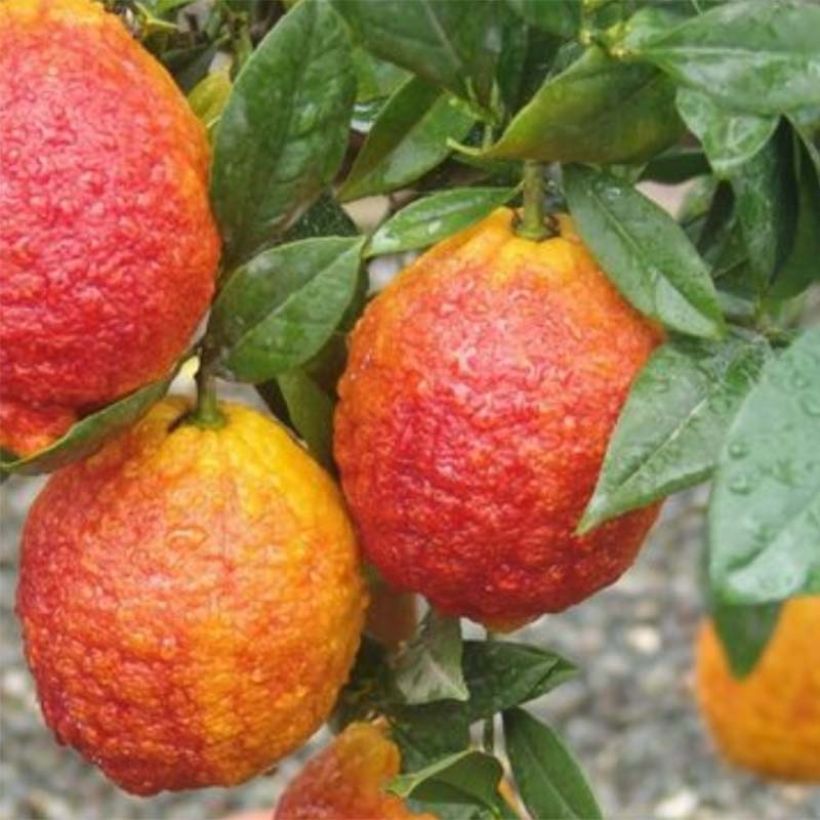

Plant habit
Fruit
Flowering
Foliage
Botanical data
Citrus
medica x limon
Pigmentata
Rutaceae
Red Lemon
Southeast Asia
Other Citrus trees
View all →Planting and care
Planting in open ground: Red lemon trees appreciate slightly acidic and non-chalky soils, always fresh and fertile. The best time to plant is in early spring, in March and April. Start by watering the root ball to moisten it. Dig a hole four to five times the volume of the root ball. If your soil is chalky, improve it with ericaceous soil. If it is heavy and compact, lighten it with one third sand. Citrus trees do not appreciate chalky or poorly draining soils as they dislike having their roots in stagnant water. Be careful not to bury it too deep and then tamp down vigorously. Citrus trees are naturally greedy: in any case, consider improving the soil with well-rotted compost, humus or with "special citrus" fertiliser. Choose a sunny but not scorching location for your bush, sheltered from the wind to avoid drying out the foliage and away from any spray. This bush loves heat but dislikes excessively dry atmospheres.
Pot planting: in all other regions, Citrus trees should be planted in pots stored in an orangery or cold greenhouse during winter and outdoors as soon as the frost is over. Planting and repotting should take place at the end of summer. Choose a pot slightly larger than the root system, as citrus trees do not appreciate feeling cramped. Moisten the root ball well. To increase the drainage capacity of the mix, line the bottom of the pot with clay pebbles. Loosen the root ball and mix two-thirds garden soil with one-third "special citrus" potting soil. Water generously. Lemons prefer containers made of breathable material or terracotta.
If you have a hybrid citron tree in your apartment, keep the soil moist by watering it daily with non-limestone water. Citrus trees need lots of water to grow well. It's also essential to give your tree fertiliser every 6 months if you use slow-release granular fertiliser or every 3 waterings if you use liquid fertiliser. Keep an eye out for yellowing of the leaves, which can indicate chlorosis due to an excessive amount of limestone. If you notice this, you can use a chelating agent and fertiliser to fix the problem.
Planting period
Intended location
Care
Planting & care advice
This item has not been reviewed yet - be the first to leave a review about it.
Similar products
Haven't found what you were looking for?
Hardiness is the lowest winter temperature a plant can endure without suffering serious damage or even dying. However, hardiness is affected by location (a sheltered area, such as a patio), protection (winter cover) and soil type (hardiness is improved by well-drained soil).

Photo Sharing Terms & Conditions
In order to encourage gardeners to interact and share their experiences, Promesse de fleurs offers various media enabling content to be uploaded onto its Site - in particular via the ‘Photo sharing’ module.
The User agrees to refrain from:
- Posting any content that is illegal, prejudicial, insulting, racist, inciteful to hatred, revisionist, contrary to public decency, that infringes on privacy or on the privacy rights of third parties, in particular the publicity rights of persons and goods, intellectual property rights, or the right to privacy.
- Submitting content on behalf of a third party;
- Impersonate the identity of a third party and/or publish any personal information about a third party;
In general, the User undertakes to refrain from any unethical behaviour.
All Content (in particular text, comments, files, images, photos, videos, creative works, etc.), which may be subject to property or intellectual property rights, image or other private rights, shall remain the property of the User, subject to the limited rights granted by the terms of the licence granted by Promesse de fleurs as stated below. Users are at liberty to publish or not to publish such Content on the Site, notably via the ‘Photo Sharing’ facility, and accept that this Content shall be made public and freely accessible, notably on the Internet.
Users further acknowledge, undertake to have ,and guarantee that they hold all necessary rights and permissions to publish such material on the Site, in particular with regard to the legislation in force pertaining to any privacy, property, intellectual property, image, or contractual rights, or rights of any other nature. By publishing such Content on the Site, Users acknowledge accepting full liability as publishers of the Content within the meaning of the law, and grant Promesse de fleurs, free of charge, an inclusive, worldwide licence for the said Content for the entire duration of its publication, including all reproduction, representation, up/downloading, displaying, performing, transmission, and storage rights.
Users also grant permission for their name to be linked to the Content and accept that this link may not always be made available.
By engaging in posting material, Users consent to their Content becoming automatically accessible on the Internet, in particular on other sites and/or blogs and/or web pages of the Promesse de fleurs site, including in particular social pages and the Promesse de fleurs catalogue.
Users may secure the removal of entrusted content free of charge by issuing a simple request via our contact form.
The flowering period indicated on our website applies to countries and regions located in USDA zone 8 (France, the United Kingdom, Ireland, the Netherlands, etc.)
It will vary according to where you live:
- In zones 9 to 10 (Italy, Spain, Greece, etc.), flowering will occur about 2 to 4 weeks earlier.
- In zones 6 to 7 (Germany, Poland, Slovenia, and lower mountainous regions), flowering will be delayed by 2 to 3 weeks.
- In zone 5 (Central Europe, Scandinavia), blooming will be delayed by 3 to 5 weeks.
In temperate climates, pruning of spring-flowering shrubs (forsythia, spireas, etc.) should be done just after flowering.
Pruning of summer-flowering shrubs (Indian Lilac, Perovskia, etc.) can be done in winter or spring.
In cold regions as well as with frost-sensitive plants, avoid pruning too early when severe frosts may still occur.
The planting period indicated on our website applies to countries and regions located in USDA zone 8 (France, United Kingdom, Ireland, Netherlands).
It will vary according to where you live:
- In Mediterranean zones (Marseille, Madrid, Milan, etc.), autumn and winter are the best planting periods.
- In continental zones (Strasbourg, Munich, Vienna, etc.), delay planting by 2 to 3 weeks in spring and bring it forward by 2 to 4 weeks in autumn.
- In mountainous regions (the Alps, Pyrenees, Carpathians, etc.), it is best to plant in late spring (May-June) or late summer (August-September).
The harvesting period indicated on our website applies to countries and regions in USDA zone 8 (France, England, Ireland, the Netherlands).
In colder areas (Scandinavia, Poland, Austria...) fruit and vegetable harvests are likely to be delayed by 3-4 weeks.
In warmer areas (Italy, Spain, Greece, etc.), harvesting will probably take place earlier, depending on weather conditions.
The sowing periods indicated on our website apply to countries and regions within USDA Zone 8 (France, UK, Ireland, Netherlands).
In colder areas (Scandinavia, Poland, Austria...), delay any outdoor sowing by 3-4 weeks, or sow under glass.
In warmer climes (Italy, Spain, Greece, etc.), bring outdoor sowing forward by a few weeks.






























